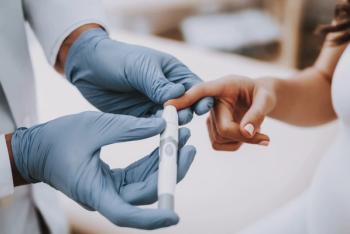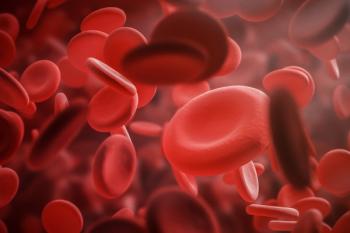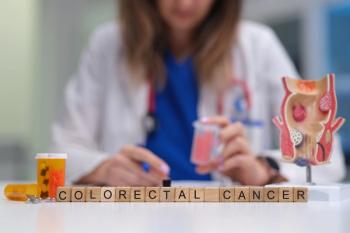
Trends to Watch: Specialty Pharmacy in 2023
The growth of specialty medications will challenge payers to improve patient access to treatment and ensure affordability. Payers will have to have targeted programs and complete solutions that ensure medication access, Dea Belazi, president and chief executive officer, AscellaHealth, said in an interview with Formulary Watch.
Specialty medicines will represent about 43% of global spending in 2027 and 56% of total spending in developed markets, according to the recently released report Global Use of Medicines 2023 from IQVIA.1
Cancer is expected be a big focus of specialty drug development. In fact, cancer will be one the biggest contributors to drug spending growth in the next five years, according to IQVIA. Spending on global oncology products is expected to grow at a rate of 13% to 16% through 2027, driving by early diagnosis and the continued introduction of new drugs. The current oncology pipeline is expected to add more than 100 new drugs in the next five years, which includes treatment through cell therapy, RNA therapy, and immuno-oncology treatments.
Cell and gene therapies are another area where there is considerable R&D activity. IQVIA expects that 55 to 65 new cell, gene and RNA-based therapies will launch by 2027 and reach total spending of $27 billion in five years. IQVIA analysts indicated health technology assessments are likely to limit access to these products, especially in Europe.
Cell and gene therapies will continue to put pressures on employers, state Medicaid programs, commercial payers and providers throughout the health ecosystem. “Payers may not really have a lot of experience or an understanding for these new therapies,” Belazi said. “They’re going to be expensive because it costs these manufacturers a lot of money to get them to market.”
He indicated that generally, payers will find a way to cover the specialty medicines, but the question is how. “We will see variability in coverage. And the variability will be specific to the specific type of payer. Medicaid and Medicare payers will cover these therapies in a very highly managed way. They will manage these tightly because of their costs, and make sure that those therapies are really the appropriate therapy for that individual.”
On the commercial side, he said, there could be many models used but there will likely higher costs to the patients. And the smaller employer market may not cover many of the specialty drugs. “In many cases, patients might have to tap into manufacturers’ assistance programs to help with copayments and coinsurance,” Belazi said. “Employers are asking for payer vendors to be much more diligent and use a more efficient management approach to specialty therapies.”
Belazi said risk-sharing agreements, outcomes-based contracts or even loan programs are being considered by payers. “We can't, as a system, continue to pay for these medications without some form of a outcomes-based agreement or some type of value for that money,” he said. “Manufacturers need to look at how to guarantee outcomes and be able to demonstrate value for those expensive therapies.”
He said specialty drugs could be carved out as a separate benefit to enable payers to gain better control over costs, have greater transparency into claims and strengthen negotiating power. “Traditional pharmacy benefits may not have the appropriate skill sets to manage some of these very unique disease states and specialized treatments, Belazi said. “We’ll start to see more organizations like ourselves focusing on specialty diseases. The premises for this to have the ability to manage specialty drugs in the most efficient manner by having the clinical and financial expertise to do this efficiently.”
Reference
- The global use of medicines 2023. IQVIA. Published January 18, 2023. Accessed January 25, 2023.
https://www.iqvia.com/insights/the-iqvia-institute/reports/the-global-use-of-medicines-2023
Newsletter
Pharmacy practice is always changing. Stay ahead of the curve with the Drug Topics newsletter and get the latest drug information, industry trends, and patient care tips.
























































































































